



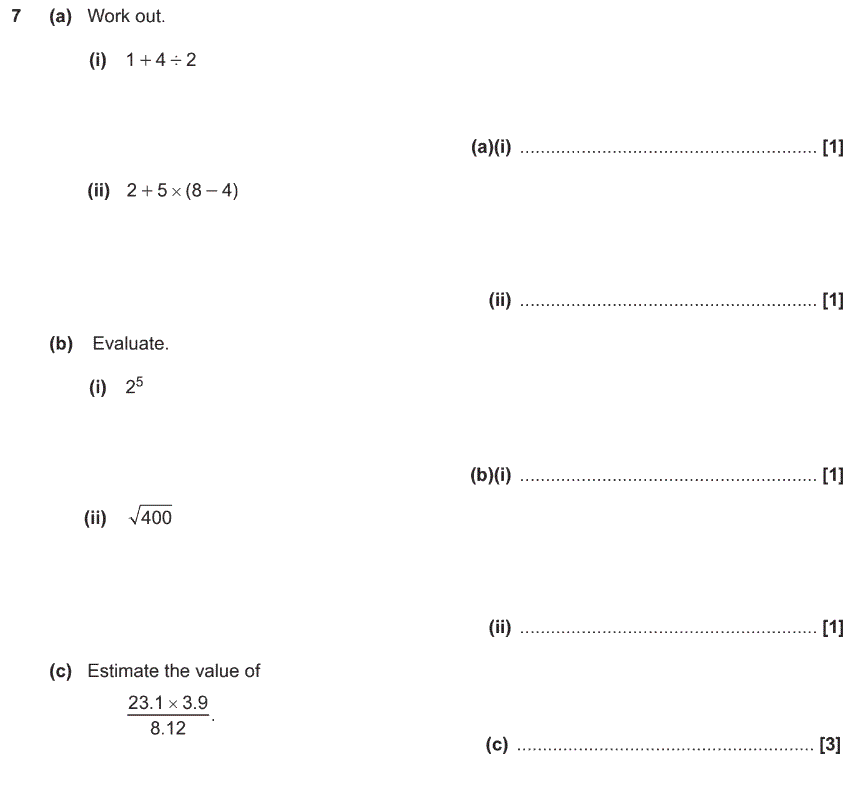









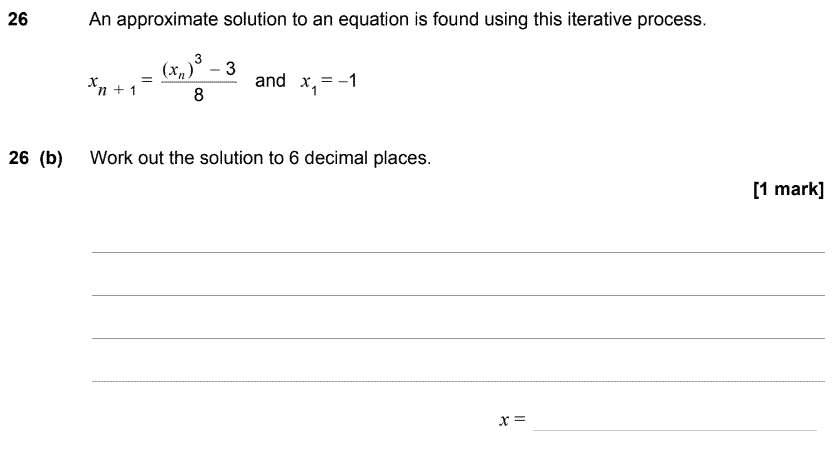

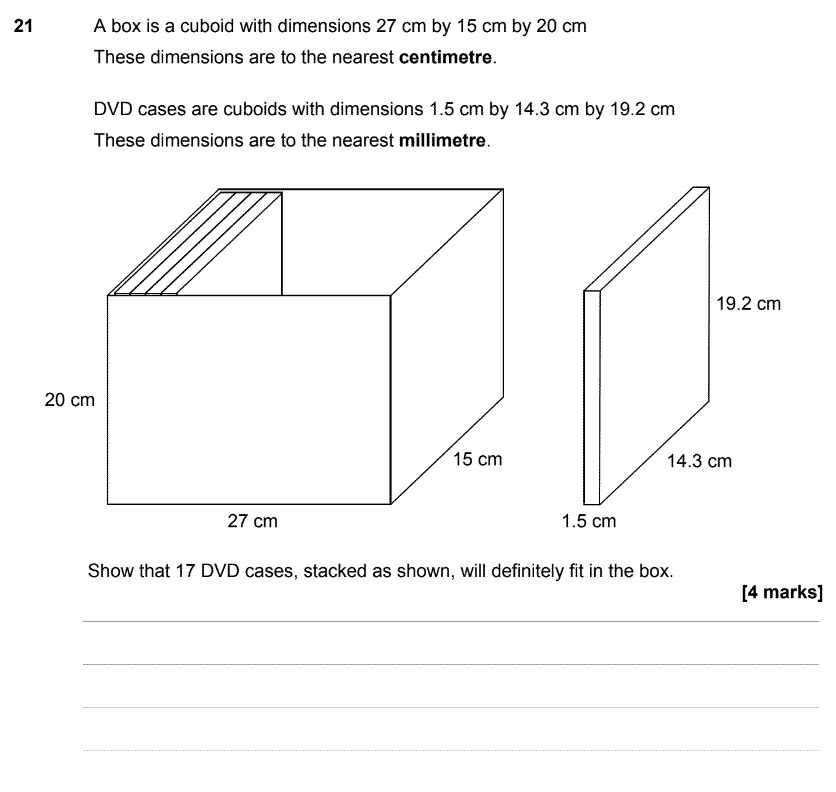





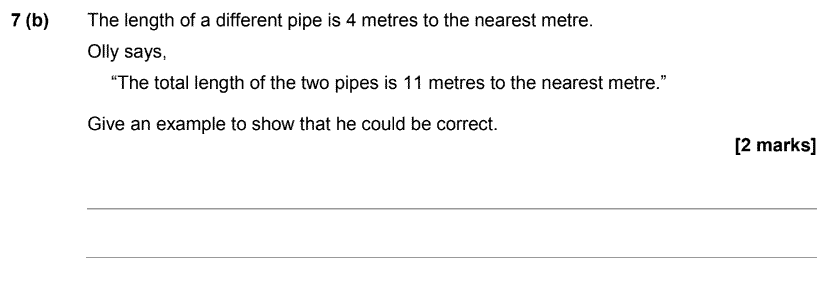

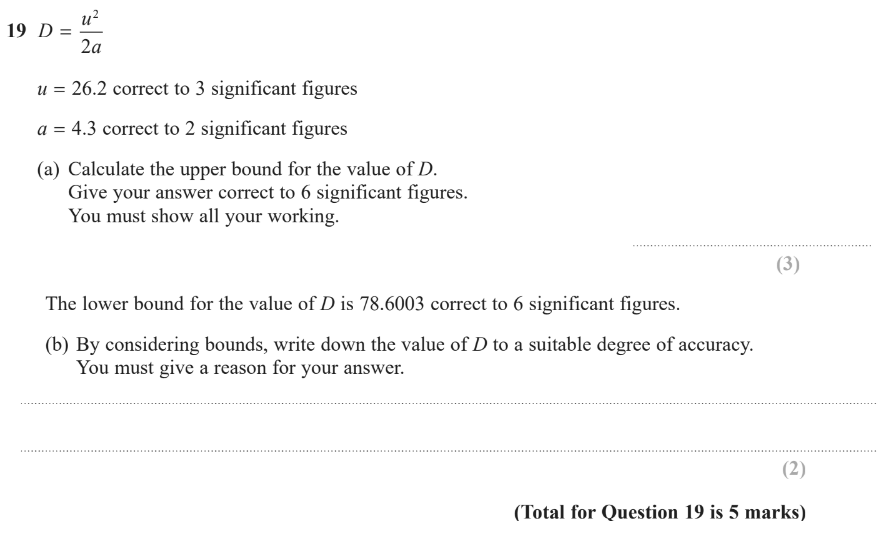



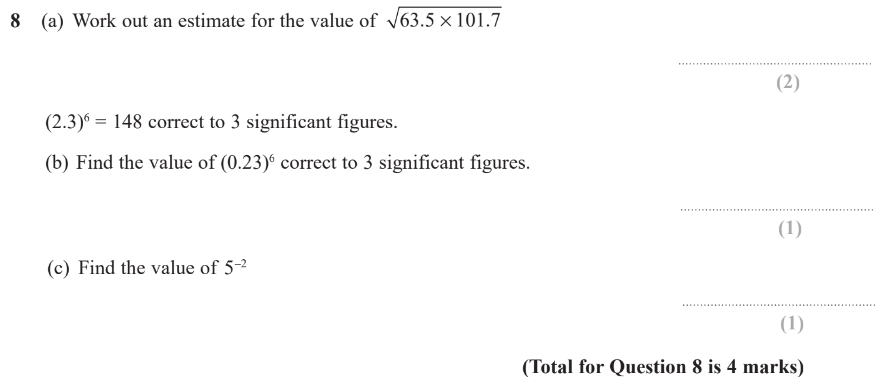

Significant figures are also known as significant digits because they are established in the form of digits. Counting each value starting with the first non-zero digit on the left will reveal the number of meaningful digits. These figures are accurate and essential for indicating how much of a length, volume, mass, measurement, etc. there is.
The crucial or important digits that accurately represent the meaning of a certain number are known as the significant figures of that number.
1.258, for instance, has four significant digits. These substantial figures provide the numbers accuracy. Additionally, they are known as significant digits.
In order to round to a given number of significant digits, we follow these steps:
Example: Write 72.347162 correct to 4 significant digits.
Solution: The number 72.347162, rounded to 4 significant digits is 72.35
Example: Write 3758 correct to the nearest 1000.
Solution: 3758 correct to the nearest 1000 is 4000.
Example: Write 56.78 correct to one e significant figure.
Solution: 56.78 correct to one significant figure is 60.
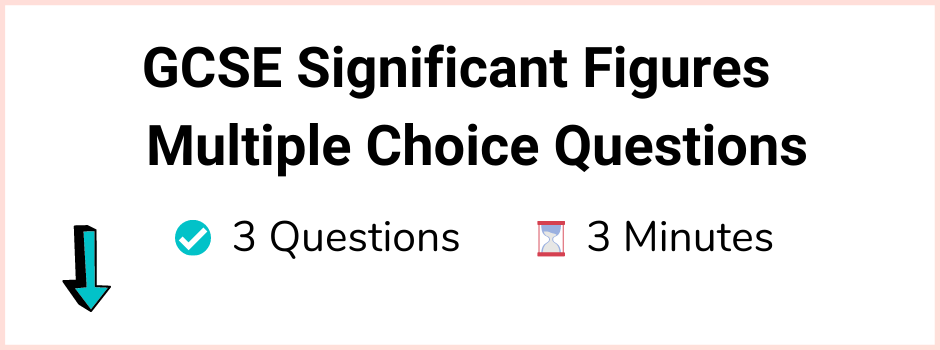
Positions of the digits to the right of a decimal point are known as decimal places.
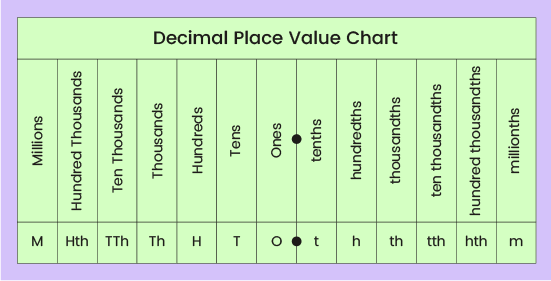
A decimal number is shortened to a specific level of accuracy when it is rounded to decimal places. To achieve this, we locate the decimal place to which we want to round the number, and then we look at the digit immediately to its right. We round up if the number following the selected accuracy is a 5 or above. When it falls below 5, we round down.
It is important to give the number of digits required after the decimal point, even if the last digit would be a zero.
Example: Rounding 57.6274 to 2 decimal places (2.d.p) is 57.63
We follow the below steps while rounding decimals:
Example: Round 96.237 to the nearest tenth.
Solution:

Example: Round 0.041682 to two decimal places.
Solution:

Example: A calculator displayed an answer to a calculation as 163.2085313. What is this given to three decimal places?
Solution:

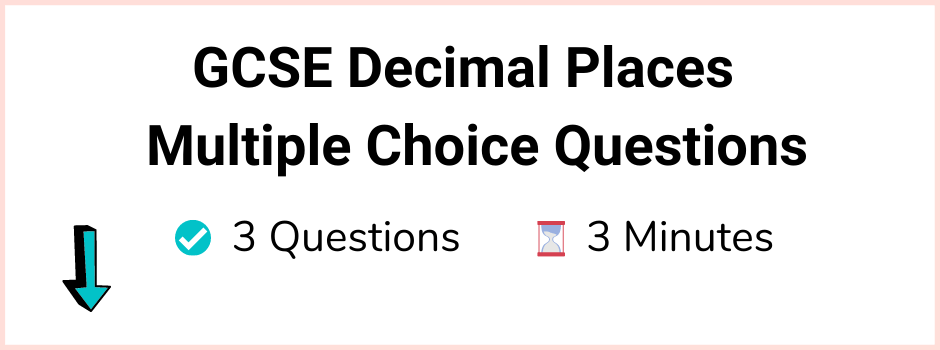
The main topics in GCSE Maths are:
With regular practice of GCSE Maths topic-wise questions and GCSE Maths past pacers, you can easily score high marks.
Although many people think of GCSE maths as a difficult subject, with the correct training and preparation,you can master it in time. You can practice GCSE Maths topic-wise questions daily to improve speed, accuracy, and time and to score high marks in the GCSE Maths exam.
A grade of 4 or 5 would be considered "good" because the government has established a 4 as the passing grade; a grade of 5 is seen as a strong pass. Therefore, anything that exceeds this level would be considered good. You can practice GCSE Maths topic-wise questions to score good grades in the GCSE Maths exam.
You can get a high score in GCSE Maths through meticulous practice of GCSE Maths topic-wise questions and GCSE Maths past papers.
© 2014 - 2024 PiAcademy Limited, All Rights Reserved